The 'outbox' decluttering method – professional organizers explain the 'simple yet powerful' technique
Struggle with indecisiveness when decluttering? This might be the simple answer, experts say

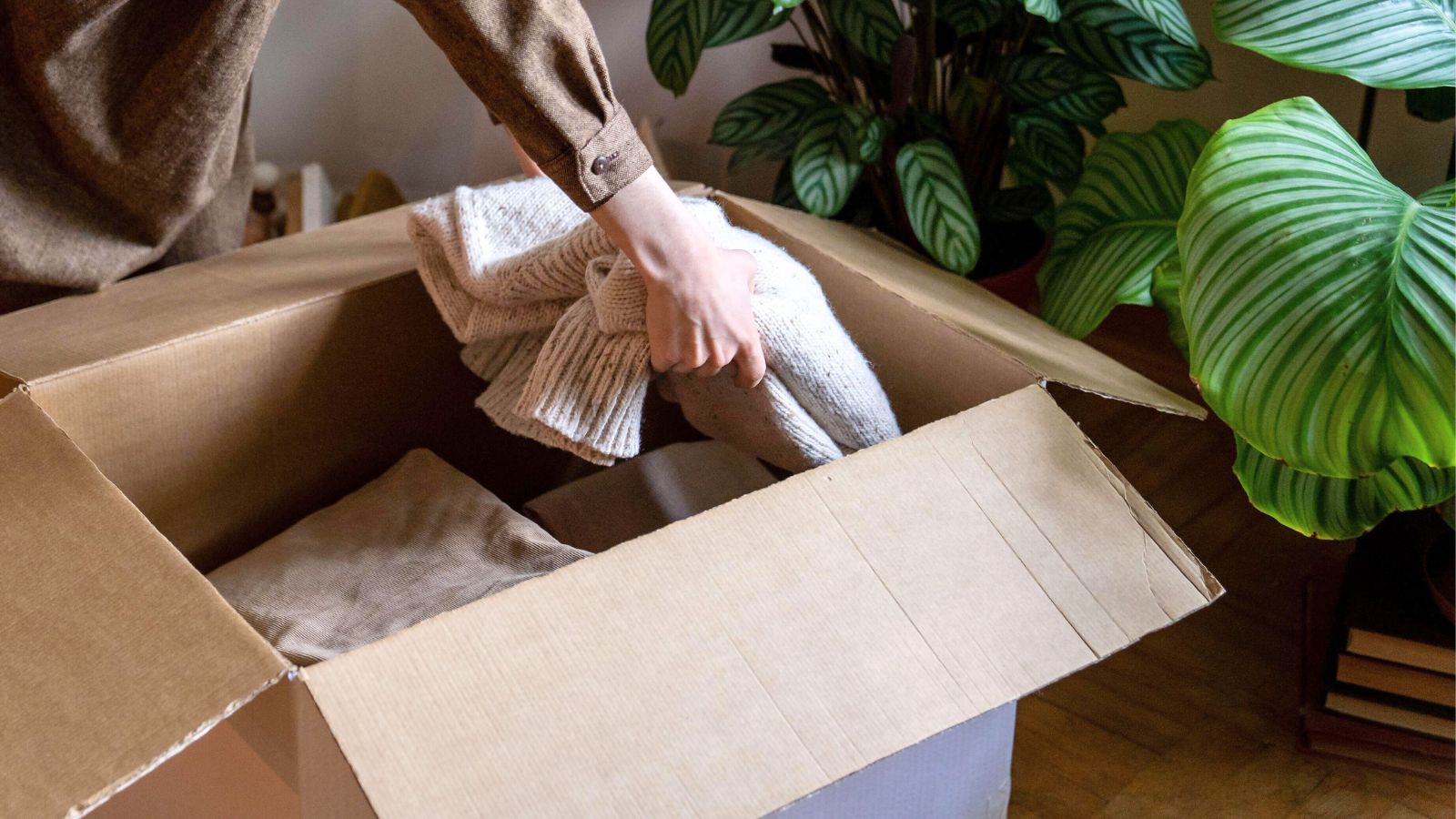
If you struggle to decide what to declutter and are worried you will get rid of something you will regret, you are not alone. This is one of the biggest roadblocks to clearing out a home. Luckily, there is a way around it – the outbox decuttering method.
In essence, the technique allows you some leeway on deciding whether you definitely do want to declutter items, while keeping clutter and mess organized and out of the way. Not only does this buy time for clarity, but it also helps you work out whether you will actually miss the item you're considering getting rid of.
I spoke to professional organizers for their decluttering tips on how to use the 'outbox' decluttering method – and why it really works.
The 'outbox' decluttering method
'I have used this method for a long time without naming it,' begins professional organizer and founder of Diisorganized Di Ter Avest. 'The 'outbox' decluttering technique is a simple yet powerful strategy for reducing clutter by creating a dedicated space to place items you're unsure about keeping.
'We have often used it with our clients, especially to help busy moms decide if their kids will miss a specific toy before they let go of it.'
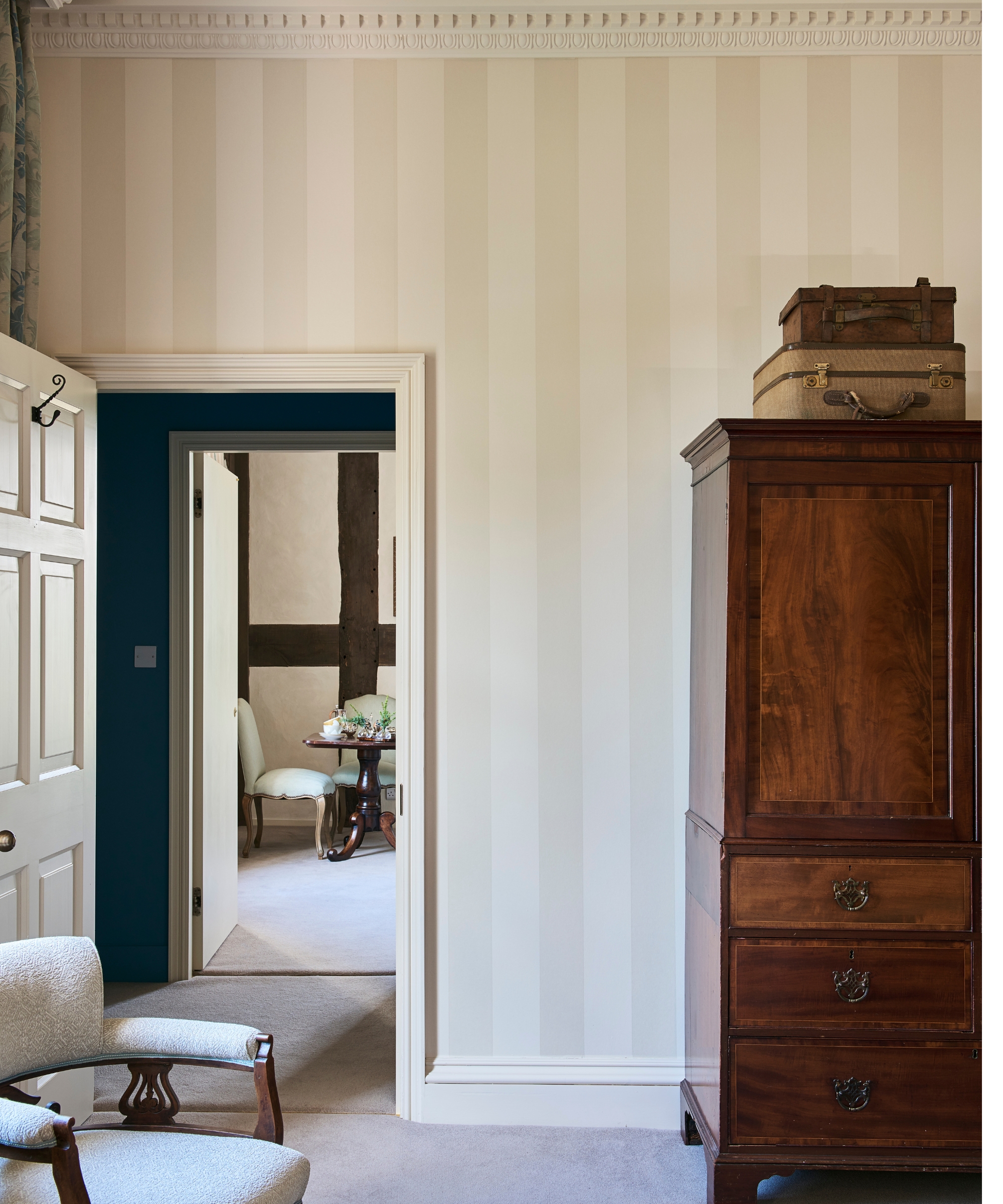
The method is designed to help with decision-making during the decluttering process, by removing the pressure to make immediate, permanent choices. Instead, you place items you are unsure about getting rid of into an 'outbox,' be it a bag, basket, or bin, and reassess it after a specific set time frame, perfect for decluttering as you go.
'It acts as a physical space to review these items later, giving you time to assess whether you truly need or want to keep them,' adds Ter Avest. This helps cultivate the 'Non-Attachment Theory,' which helps you get rid of unneeded items while avoiding decluttering regret.
Design expertise in your inbox – from inspiring decorating ideas and beautiful celebrity homes to practical gardening advice and shopping round-ups.
How to use the 'outbox' decluttering technique
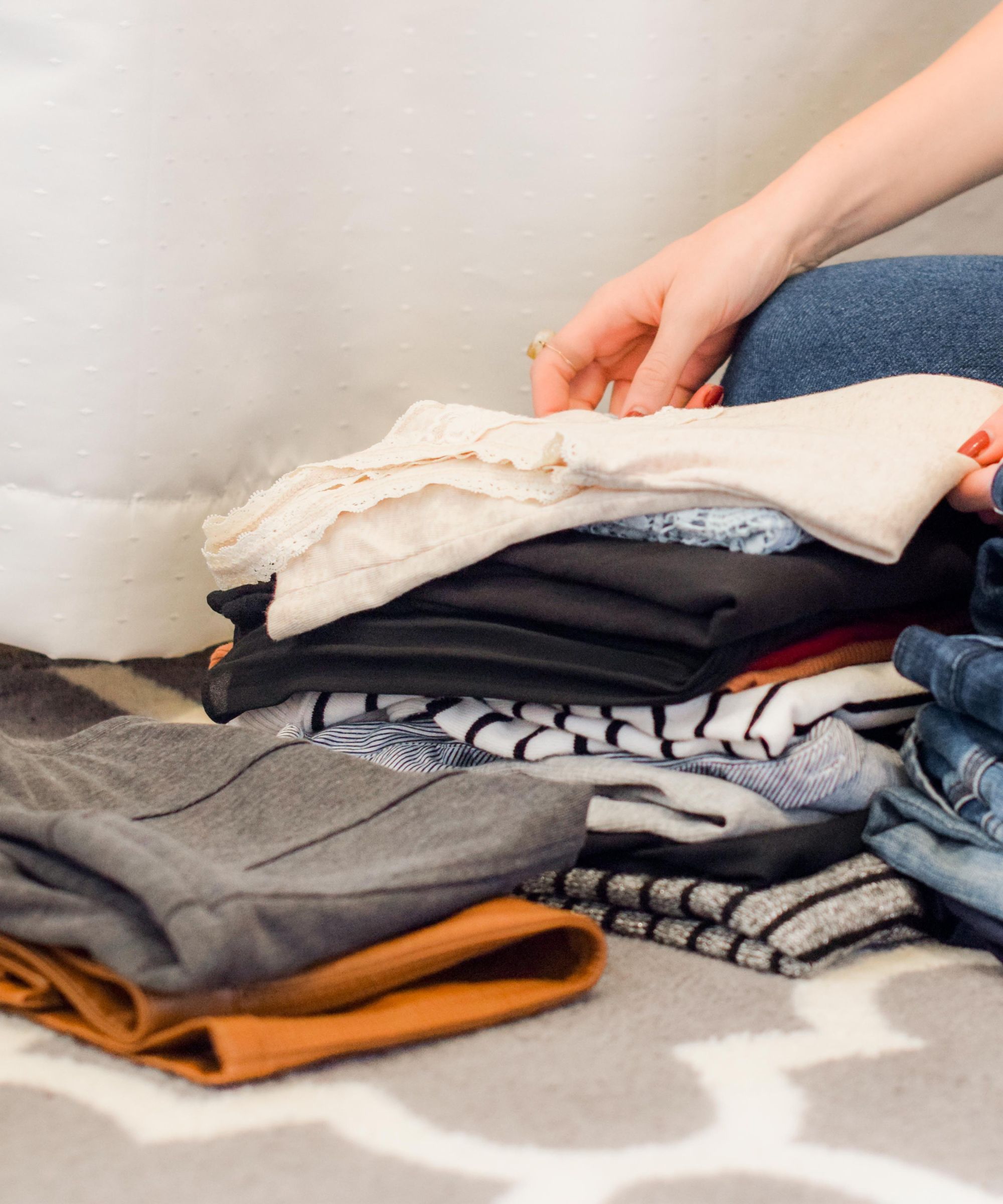
First, you will need to set up your 'outbox.' 'Find a place in your home where you can store a large basket, bag or box,' recommends professional organizer Sara Bereika. 'I typically choose a guest room closet, for example, because it is easy to access but out of the way.'
Then, as you declutter using other methods such as the dopamine decluttering method, snowball decluttering method, or 'Didn't Know' decluttering method, you place any items that you're not sure about getting rid of in this space – 'things you may no longer need but aren't quite ready to let go of,' advises professional organizer Ter Avest. 'After that, set a specific time frame, such as a week, a month, or even six months for these items to remain in the "outbox." If you haven't missed or used any of the items at the end of that period, it's a clear sign they can be removed from your home.'
If this is the case, Bereika recommends donating the leftover items quarterly, before bringing the box back home and starting over again.
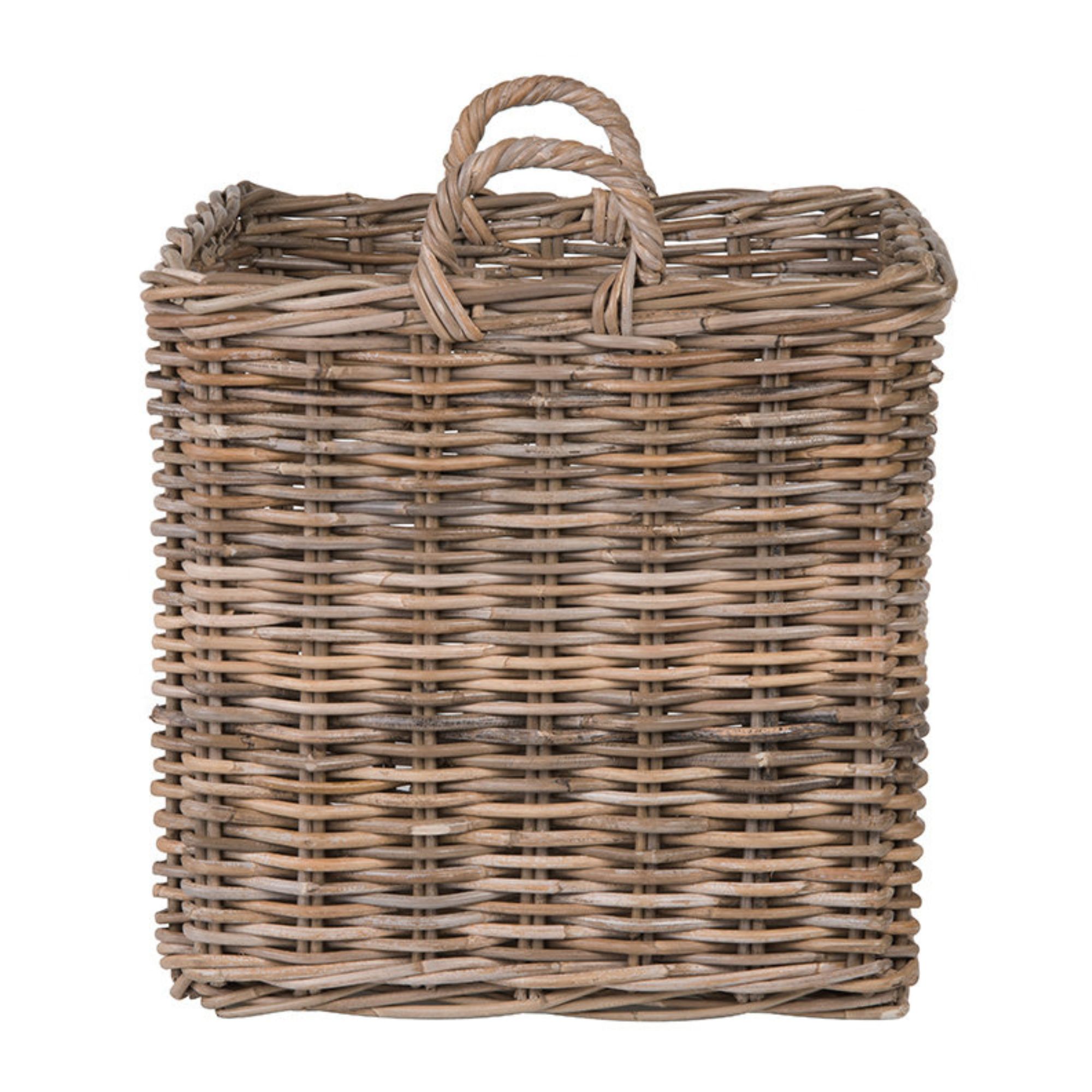
This wicker basket is perfect for the 'outbox' decluttering technique, as its square shape means it can be easily placed into the corner of a room, cabinet or cupboard. The handles make it portable and easy to move when needed.
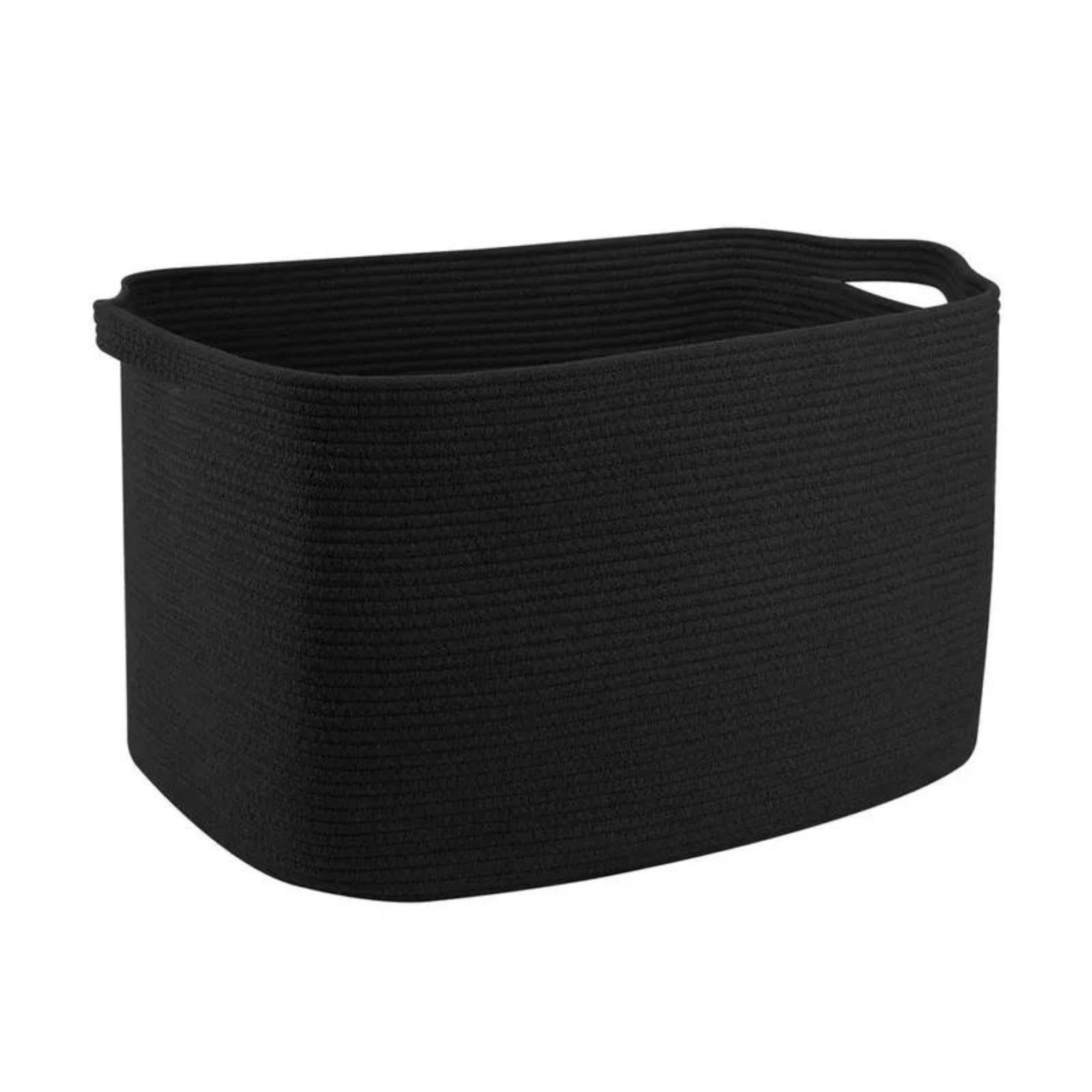
This fabric storage basket is foldable, stylish and practical. With premium stitching detail and a durable, sturdy design, it will retain its shape – no matter how much you fill it up.
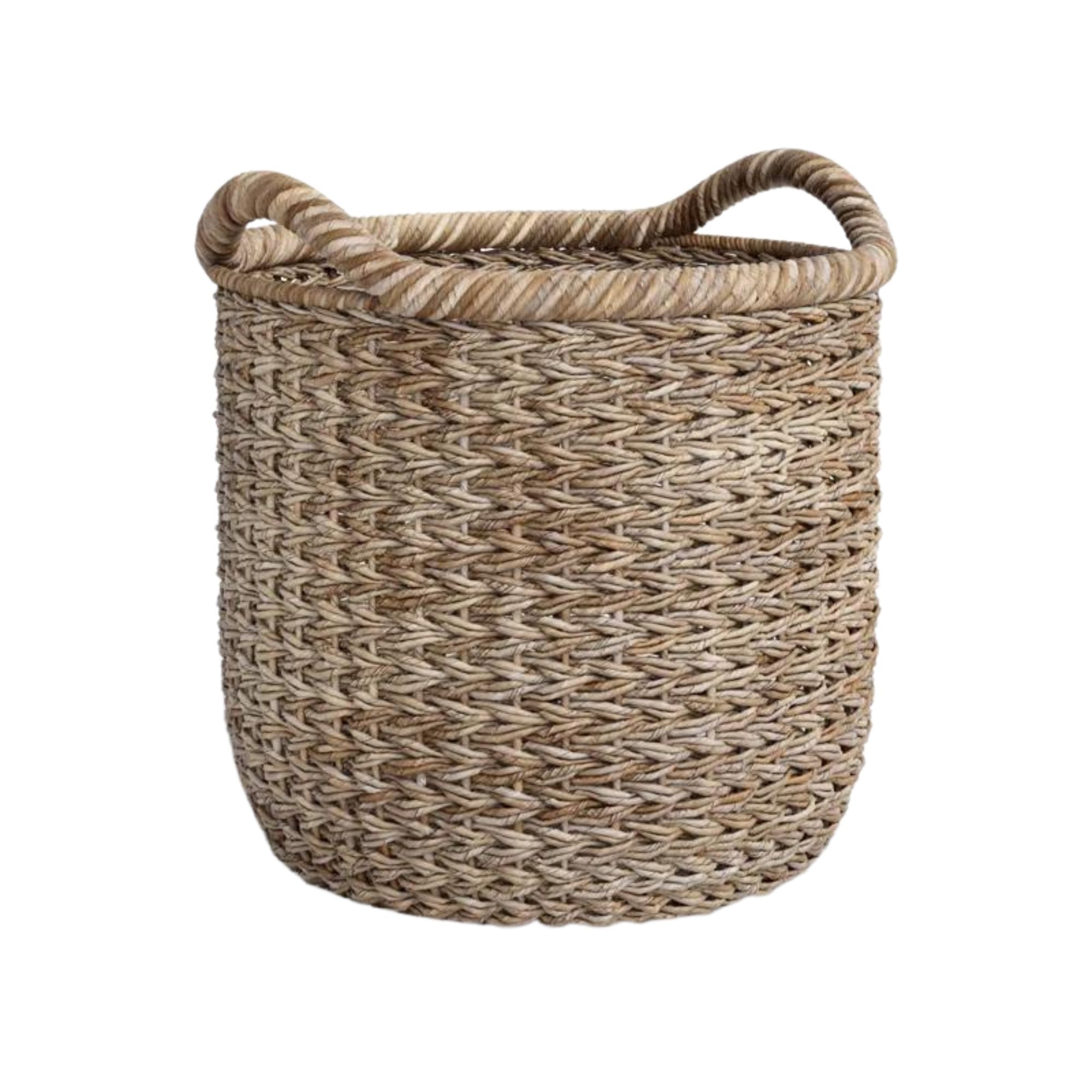
This basket is hand-made from twisted seagrass, for a stiff, sturdy design to help you cut down on clutter. It can also be used for planting potted plants, if you decide you're finished for good with the 'outbox' decluttering technique.
Why the 'outbox' decluttering technique works
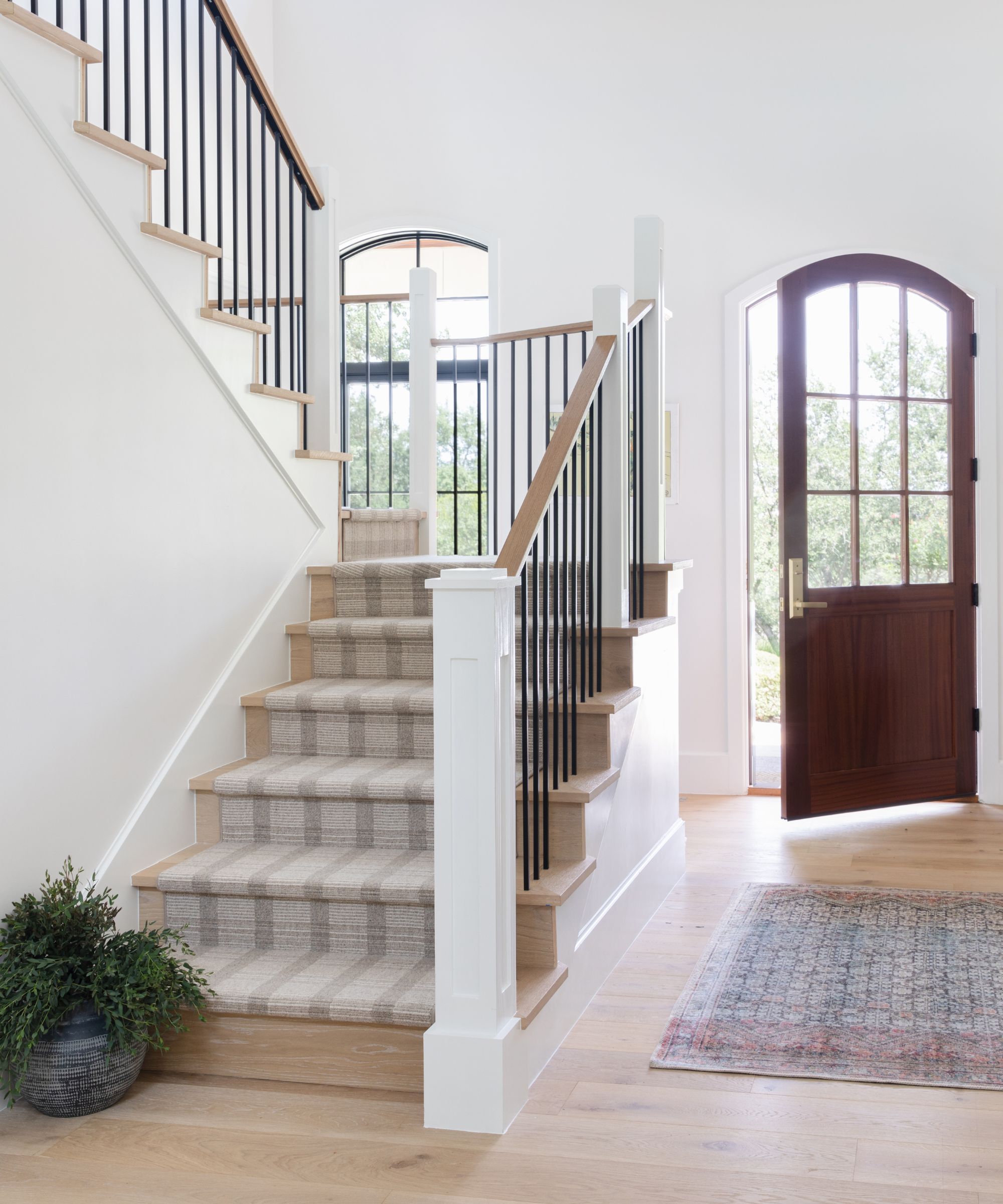
This decluttering technique it offers a constant solution to a constant problem. You can simply fill, empty, and refill your 'outbox' as needed, without pressure – helping you to work out which unnecessary items you can declutter. You can then safely and more confidently donate or sell decluttered items.
'It works because it provides an easy method to get rid of items you no longer need,' says professional organizer Bereika. 'When I work with clients, they often know when they no longer want an item, but the act of making the donation is far more difficult to accomplish. The 'outbox' is a holding place for items until you're ready and able to do the deed.'
Why the 'outbox' decluttering method might not work for you
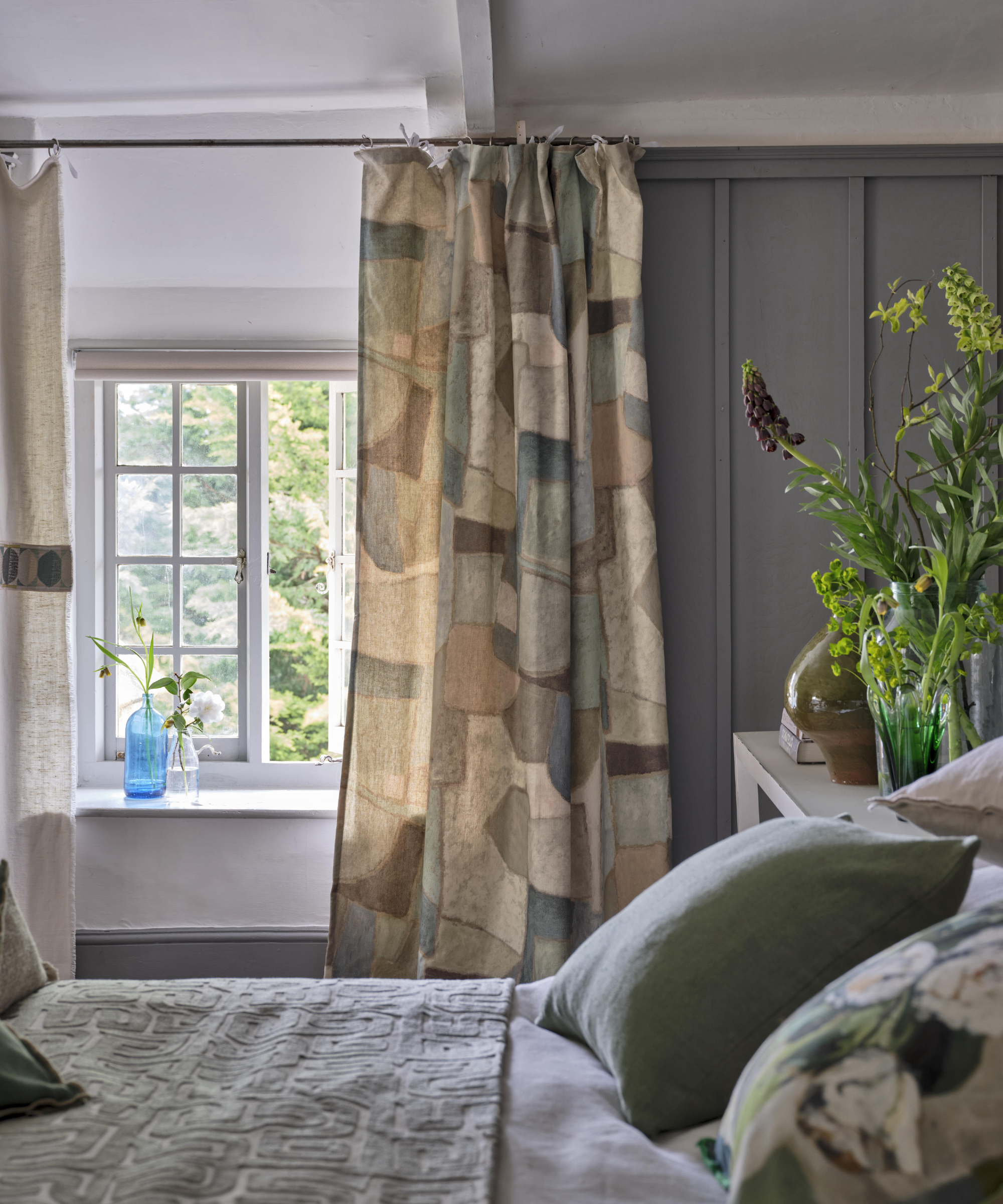
'The 'outbox' method might work for some people because it reduces the pressure of making immediate decisions, allowing them to clear space while gaining clarity over time,' says professional organizer Ter Avest. 'However, I would recommend approaching this method with caution.
'Can you imagine if you want to create a box for everything that is cluttering your space? You would have a spare room or a storage unit full of postponed decisions, creating a problem for the future.'
To avoid this becoming a problem, stick to one 'outbox,' so you don't become overwhelmed. Once it's full, empty and reuse it. This may mean you need to be more ruthless when decluttering, so take advice from the experts in our guide to overcoming a decluttering roadblock.
FAQs
How can I stop accumulating clutter?
If you are losing control of clutter, you might be left wondering how to stop it accumulating in the first place.
Start by identifying your bad habits, such as overshopping, and put precautions in place to stop them happening. Then, make sure everything in your house has a place. If it doesn't, consider whether you actually need it, and create daily organizing habits to keep your space neat and tidy.
If you often find yourself needing to declutter, it could be that your home attracts clutter.
To avoid this, establish an organizing system for each room in your house, whether it be drawer dividers, under-cabinet storage or storage organizers, and maintain whichever you choose. Avoid overshopping where possible by removing temptation and thinking whether you actually need something before you shop – but don't forget to treat yourself every once in a while!

Ottilie joined Homes & Gardens in 2024 as the News Writer on Solved, after finishing a Master's in Magazine Journalism at City, University of London. Now, as the Sleep Editor, she spends her days hunting deals and producing content on all things sleep – from mattresses and sheets to protectors and pillows, all of which she tests in her own home. She also has particular expertise in home fragrance, covering everything from candles to reed diffusers.
Previously, she has written for Livingetc and Motorsport Magazine, and also has a Master's degree in English Literature and History of Art from the University of Edinburgh, where she developed a love for inspiring interiors and architecture.